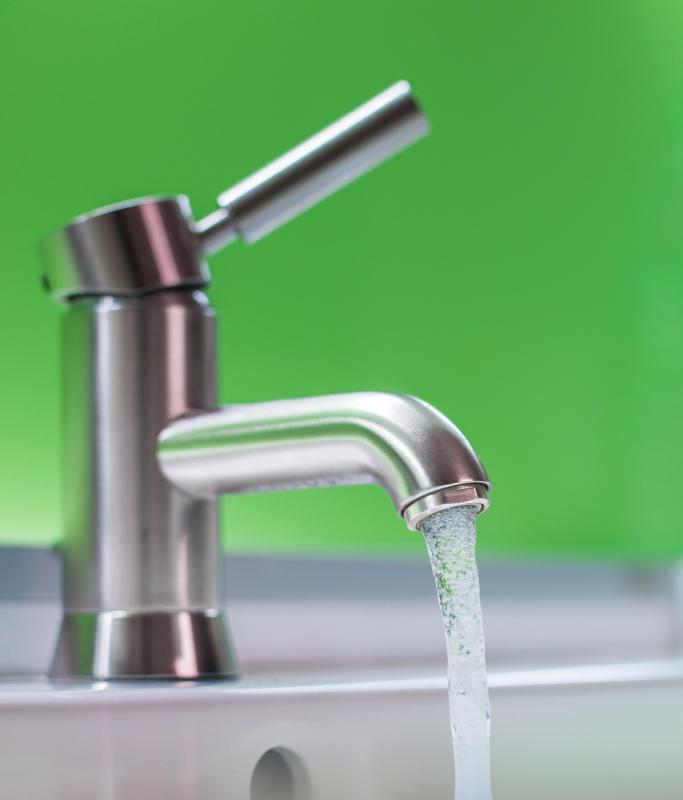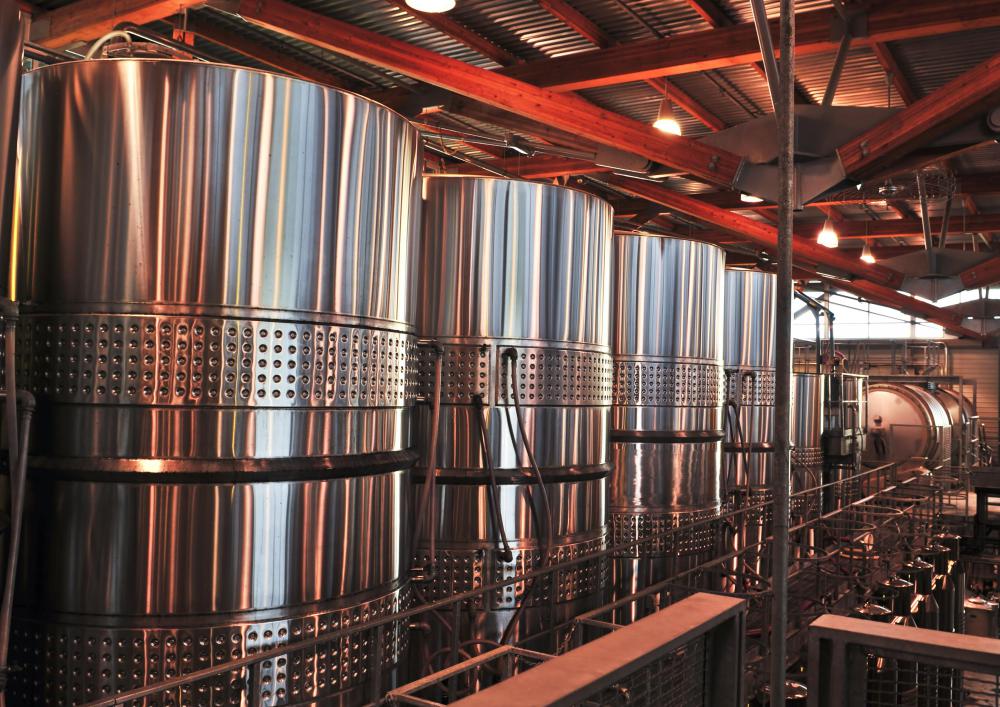At DelightedCooking, we're committed to delivering accurate, trustworthy information. Our expert-authored content is rigorously fact-checked and sourced from credible authorities. Discover how we uphold the highest standards in providing you with reliable knowledge.
What is the Process of Winemaking?
The process of making wine from grapes, also called vinification or winemaking, has been around for many thousands of years. Winemaking is a process roughly as old as the brewing of beer or the baking of bread. In the modern world, winemaking supports many economies, such as those of Australia and New Zealand, Chile and Argentina, France, Spain, Italy, and the USA - especially California. A person who participates in winemaking is called a winemaker. A producer or merchant of wine is called a vinter, and may play little part in the actual "dirty work" of processing grapes into wine.
The process of winemaking begins with the grapes. Wine grapes are varieties of the species Vitis vinifera, slightly smaller than grapes sold in the supermarket and covered in a beautiful dark purple skin. These grapes prefer warm days and cool nights, and certainly do not grow effectively anywhere in the world. They must be located relatively close to the equator, but not too close. For red wine, grapes are processed along with their skins, and for white wine, the skins are removed beforehand.

In a winery, grapes are harvested en masse, either by hand or machine, then chopped or crushed into a mush before further processing. In the old days, grapes used to be thrown into a large wooden tub and crushed by the feet of maidens. Nowadays, we use various methods, one of the most common of which is a large screw that presses the grapes against an angled wooden board. The screw grinds the grapes into a pulp, which falls down the incline into a collector.

The next step of winemaking is breaking down this mush, which is called wine must, and preparing it for fermentation. Sulfites are added to protect the must from hostile microorganisms. The beneficial microorganism, yeast, which conducts the process of fermentation, is added next, along with a few specialized nutrients and a lot of sugar for the yeast to eat. Sometimes a bit of tannic acid is added to give the wine that special "bite." Dilution or the addition of other acids is necessary to modulate the pH of the must and ensure it is optimal for fermentation and subsequent consumption. Tap water is added to provide a base for the must.

After all the ingredients are in place, the primary fermentation begins. The must is heated to 70°F - 75°F (21°C - 24°C) in an open container and left to ferment for several days to just over a week. These conditions are ideal for the yeast to grow and eat. The yeast consumes the sucrose, or sugar, breaking it down along with the larger carbohydrate molecules in the grapes, which eventually produce alcohol and other sugars. Fermentation is a bubbly, foamy, biological process, the turning loose of microorganisms into the must. Special strains of wine yeast are used, because the wrong yeast or a different microorganism will not turn the must into wine, but produce an undrinkable microbial soup.

After this initial fermentation, the secondary fermentation begins. Liquid matter and some sediment is skimmed off the surface of the solid matter and transferred to another container, where it is sealed off from the air. This is another phase of fermentation, called the anaerobic phase, which is necessary for alcohol to be produced. This phase takes several weeks, with the wine repeatedly being transferred from vessel to vessel in an effort to isolate the liquid wine from the solid matter. The process takes place at a lower temperature than the primary fermentation, and therefore takes significantly longer.

After several weeks of fermentation, and a month or two of transferring between vessels and waiting for all the solid matter to sink to the bottom and be eliminated, the wine is ready to be bottled or barreled. Clear tubes at the bottom of the vessel are used to drain it into a barrel for extended aging or a bottle for short-term aging. Wine must be slightly aged to be drinkable - white wine must sit for half a year, and red wine for a full year. Some of the most famous wines are aged for multiple years in oak barrels or glass bottles, but if wine is aged for too long, it turns into vinegar.

The winemaking process described above can be done by anyone who has the garage space and a couple thousand dollars worth of winemaking equipment. Even high-quality plastic buckets may be used for the fermentation stages. In ancient times, people made wine with far less, but of course it probably tasted considerably worse than modern wines. Today, wine and winemaking are beloved around the world, especially in Europe, North America, Australia, and some parts of South America, such as Argentina and Chile. Drinking a glass of wine every day has known health benefits, extending life and preventing heart disease, so drink up and bon appetit!
AS FEATURED ON:
AS FEATURED ON:
















Discussion Comments
What are proportions of ingredients in making wine?
Why do people use grapes in wine?
Post your comments